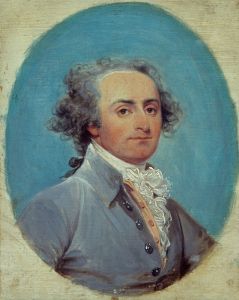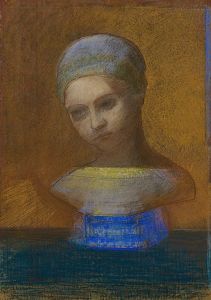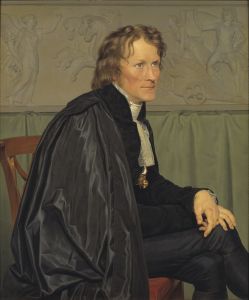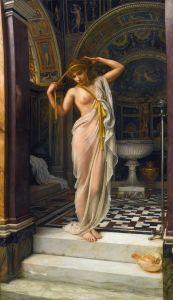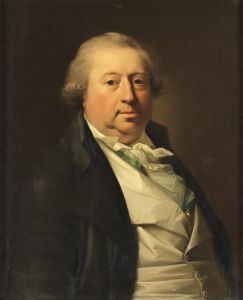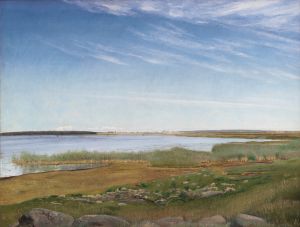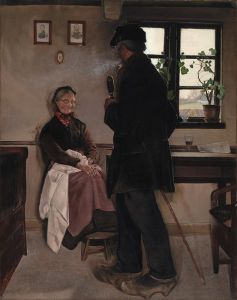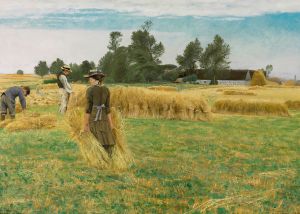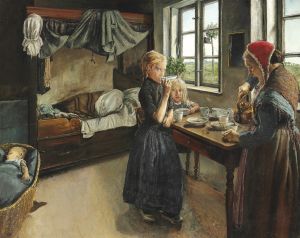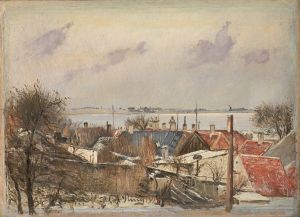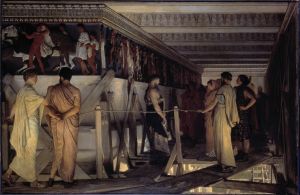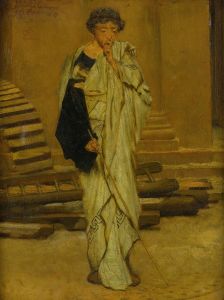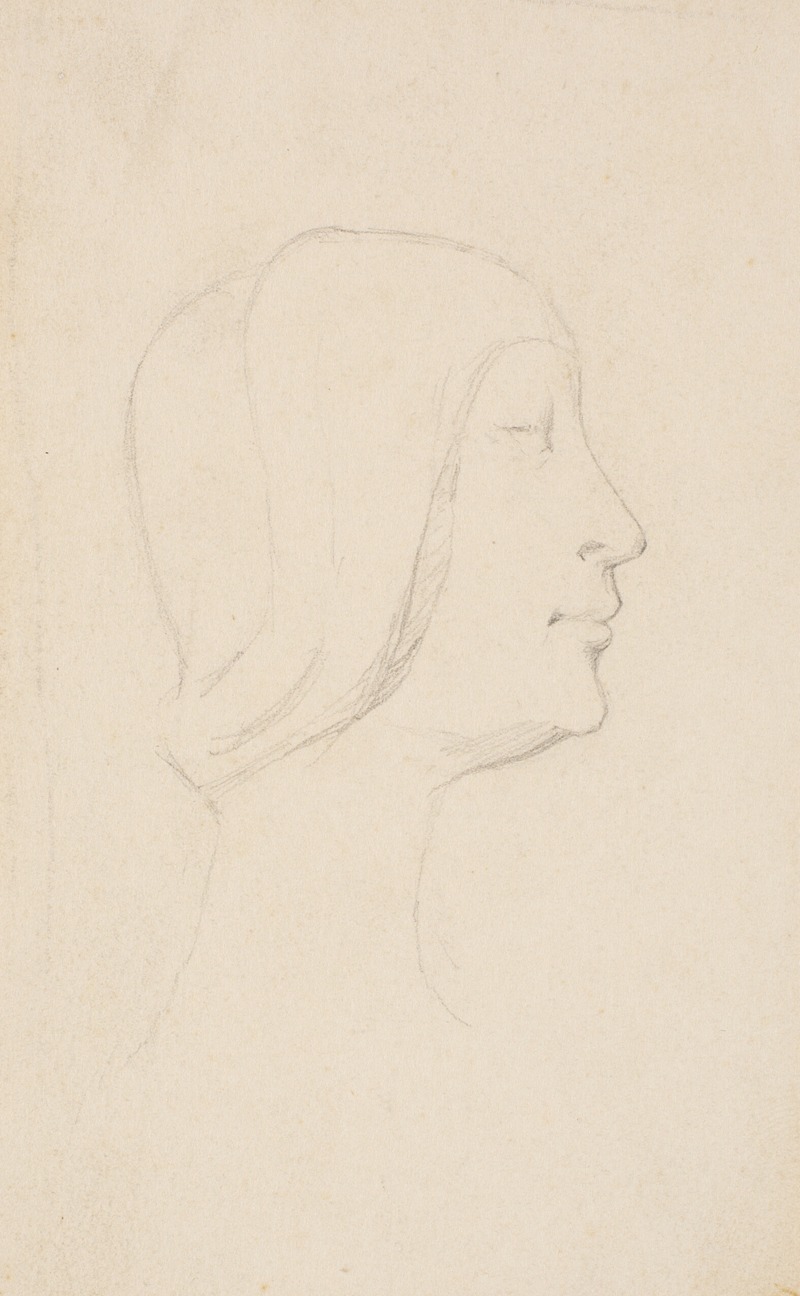
Studie efter Francesco Lauranas buste af Eleonora d’Aragona i museet i Palermo. Profil t.h.
A hand-painted replica of Laurits Andersen Ring’s masterpiece Studie efter Francesco Lauranas buste af Eleonora d’Aragona i museet i Palermo. Profil t.h., meticulously crafted by professional artists to capture the true essence of the original. Each piece is created with museum-quality canvas and rare mineral pigments, carefully painted by experienced artists with delicate brushstrokes and rich, layered colors to perfectly recreate the texture of the original artwork. Unlike machine-printed reproductions, this hand-painted version brings the painting to life, infused with the artist’s emotions and skill in every stroke. Whether for personal collection or home decoration, it instantly elevates the artistic atmosphere of any space.
Laurits Andersen Ring, a prominent Danish painter associated with Symbolism and Realism, created the artwork titled Studie efter Francesco Lauranas buste af Eleonora d’Aragona i museet i Palermo. Profil t.h.. The title translates to Study after Francesco Laurana’s Bust of Eleonora of Aragon in the Museum in Palermo. Profile to the Right. This painting reflects Ring’s interest in historical art and his practice of studying and interpreting classical works.
The artwork is a study based on a bust attributed to Francesco Laurana, a 15th-century Italian sculptor and medallist known for his refined and idealized depictions of women. Laurana’s bust of Eleonora of Aragon, housed in the Regional Archaeological Museum in Palermo, Sicily, is celebrated for its delicate craftsmanship and serene expression. Ring’s painting captures the profile view of the bust, focusing on its elegant contours and timeless beauty.
Laurits Andersen Ring is best known for his evocative landscapes and depictions of rural life in Denmark, but this work demonstrates his engagement with art history and his ability to reinterpret classical forms through his own artistic lens. The painting is notable for its meticulous attention to detail and its subtle interplay of light and shadow, which emphasize the sculptural qualities of the subject.
The exact date of the painting is not widely documented, but it is consistent with Ring’s broader body of work, which often explored themes of history, memory, and the passage of time. The study serves as a testament to Ring’s admiration for Renaissance art and his ability to bridge the gap between past and present through his own creative practice.
No further detailed information about this specific painting, including its current location or provenance, is readily available.





